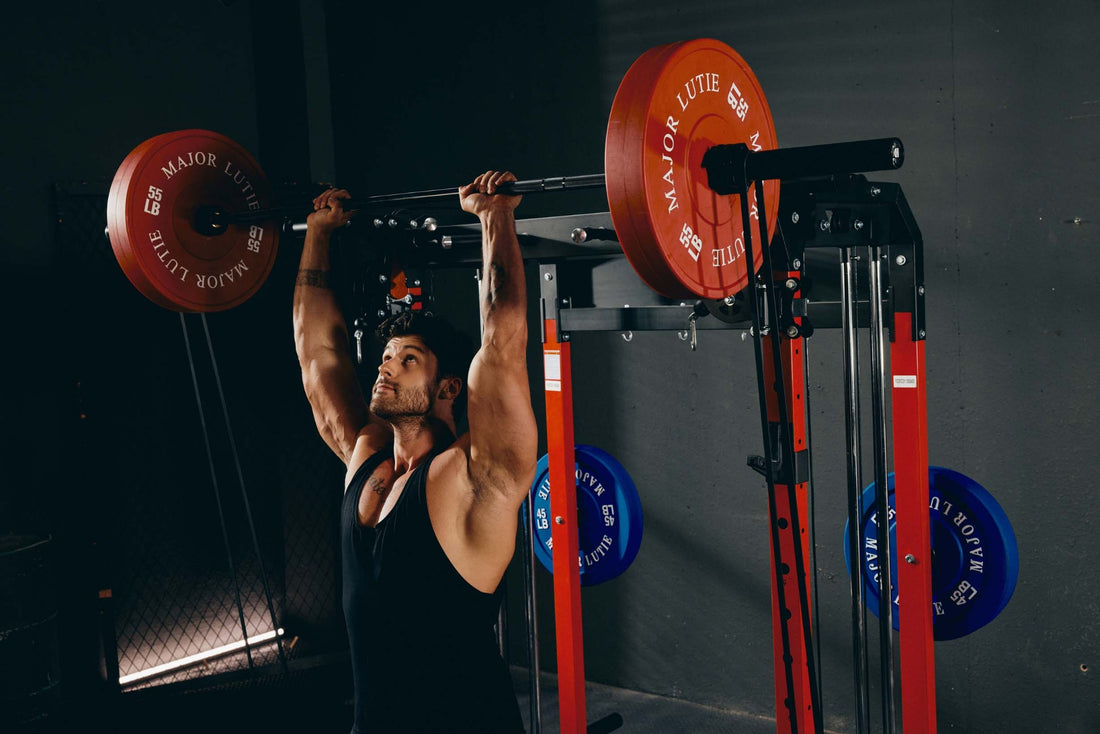
Is Pilates Good for Strength Training? This question often sparks curiosity among fitness enthusiasts and novices alike. With its roots in rehabilitation and its reputation for enhancing flexibility, Pilates might not be your first thought when considering effective strength training methods. But can it hold its own?
In this article, we'll dive deep into the mechanics of Pilates, examining how it can be a potent tool for building strength, and how it measures up to more traditional forms of strength training. Whether you're a dedicated gym-goer or someone just starting their fitness journey, read on to discover why Pilates might be the perfect addition to your routine.
Understanding Pilates
Before we delve into the strength-training aspect, it's essential to understand what Pilates is truly about. Developed by Joseph Pilates in the early 20th century, Pilates is a form of low-impact exercise aimed at strengthening muscles while improving postural alignment and flexibility.
Pilates exercises are performed on a mat or using specialized equipment like the Reformer, which uses springs, levers, and your body weight for resistance. The primary focus is on core strength, but it also targets other muscle groups for a comprehensive workout.
The Mechanics of Building Strength with Pilates
So, is Pilates good for strength training? The short answer is yes, and here’s why. Unlike traditional strength training, which often isolates specific muscle groups, Pilates promotes functional strength. It involves controlled movements that engage multiple muscle groups simultaneously, leading to balanced muscle development.
Core Strength: One of the hallmarks of Pilates is its emphasis on core stability. Every movement emanates from your 'powerhouse'—a term Pilates practitioners use to refer to your core muscles, including your abdominals, lower back, hips, and glutes. A strong core not only improves your overall strength but also enhances your performance in other physical activities.
Muscle Endurance: Pilates typically involves slower, controlled movements that you sustain over longer periods, which is excellent for building muscle endurance. This can be particularly beneficial for athletes who need sustained muscle performance, such as long-distance runners or cyclists.
Pilates vs. Traditional Strength Training
When comparing Pilates to traditional strength training methods like weightlifting, you’ll notice some key differences.
Resistance: Traditional weightlifting relies heavily on external weights like dumbbells, barbells, and machines. Pilates, on the other hand, uses body weight and, in the case of equipment-based Pilates, springs and resistance bands. Though the resistance in Pilates might be less intense, the continuous tension and engagement of multiple muscles can be equally challenging.
Range of Motion: Pilates exercises often involve a greater range of motion than traditional strength training exercises. This not only improves muscle strength but also increases flexibility, joint health, and overall mobility.
Focus on Form: Pilates emphasizes precision and control, often focusing on fewer, more controlled repetitions. This reduces the risk of injury, making it a safer option for people with joint issues or those recovering from injuries.

How to Incorporate Pilates into Your Strength Training Routine
If you’re convinced that Pilates can benefit your strength-training regimen, here are some practical ways to incorporate it:
- Alternate Workouts: Combine your traditional strength-training days with Pilates workouts. This balance will allow you to enjoy the benefits of both types of exercise.
- Pilates Warm-Up: Use Pilates exercises as a warm-up to activate your core and prepare your body for intensive weightlifting sessions.
- Recovery Days: Opt for a Pilates session on your recovery days. The low-impact nature of Pilates can aid muscle recovery while still providing an effective workout.
- Integration: Integrate Pilates principles like core activation and controlled breathing into your traditional strength training exercises to enhance their effectiveness.
Expert Tips and Recommendations
For best results, consider these expert tips:
- Take a Class: If you're new to Pilates, consider taking a class with a certified instructor. They can guide you through the movements and ensure you perform them correctly.
- Listen to Your Body: Pilates promotes mind-body awareness. Pay attention to how your body feels and adjust movements as necessary to avoid strain.
- Invest in Equipment: While matte Pilates is effective, incorporating equipment like a Reformer can offer additional resistance and variety to your workouts.
Conclusion
So, is Pilates good for strength training? Absolutely. It offers a unique, complementary approach to building strength that emphasizes core stability, muscle endurance, and improved flexibility. Whether you’re a seasoned athlete or someone looking to boost their fitness routine, Pilates can be a valuable addition to your strength-training arsenal.
Give Pilates a try, integrate it thoughtfully into your routine, and you may find that it not only enhances your strength but also enriches your overall physical well-being.



















